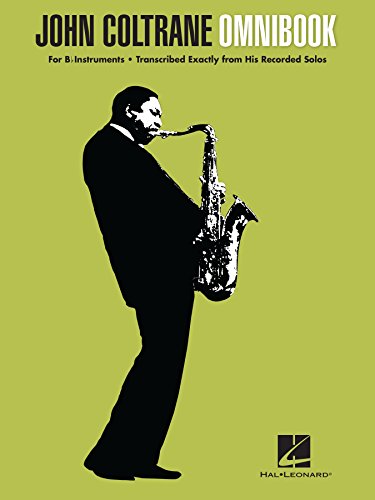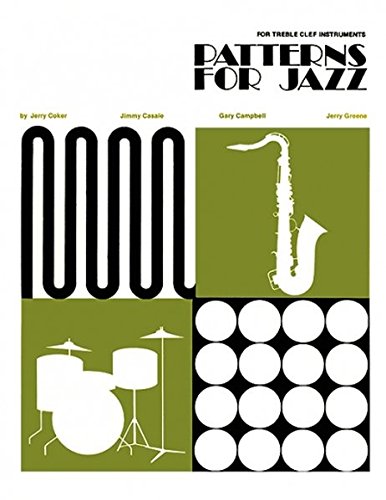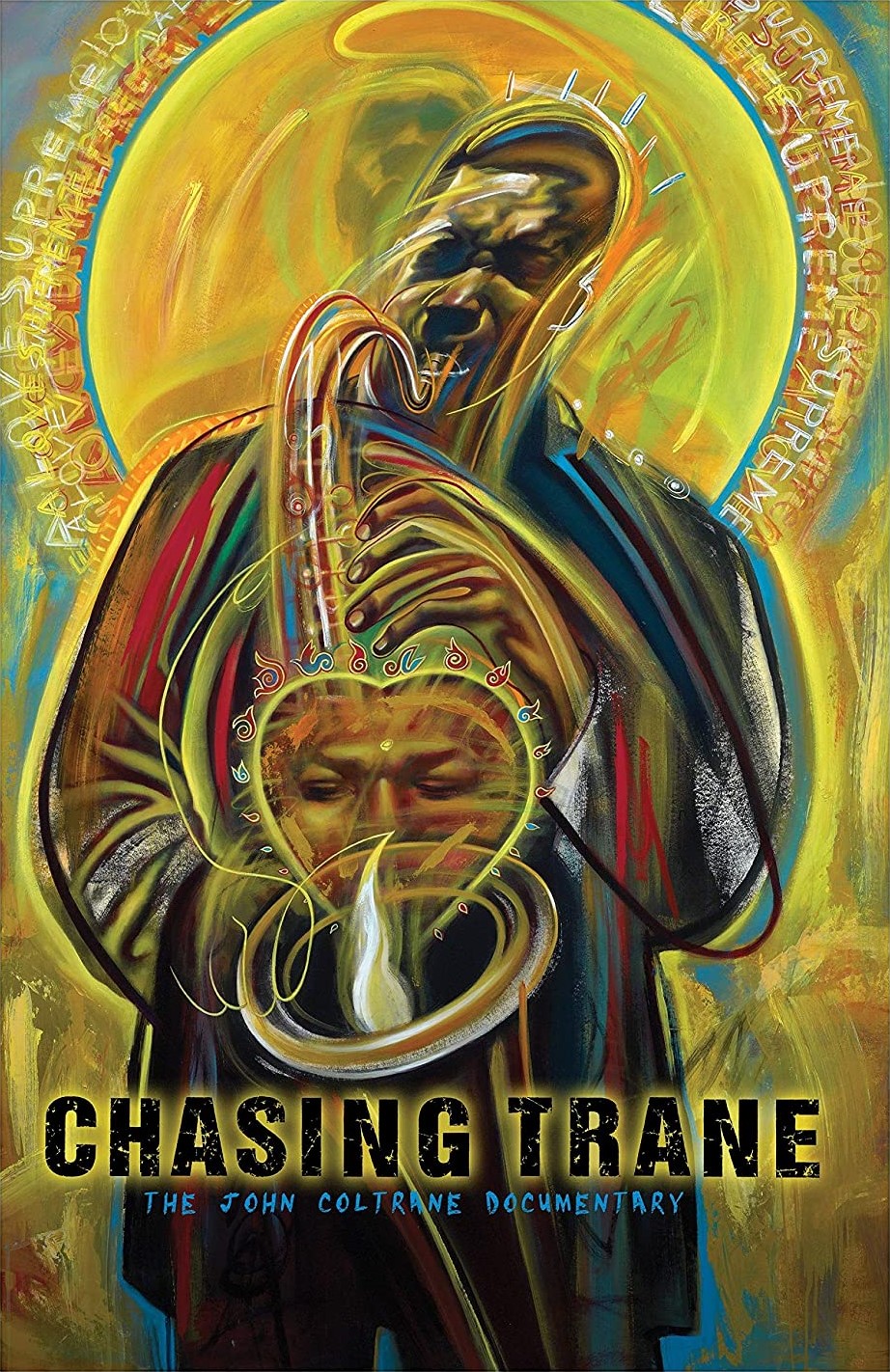John Coltrane's Signature 1-2-3-5 Tetrachord
As John Coltrane matured as a musician, his style and artistic choices began to push boundaries beyond the limits first of what most people thought physically possible and later what others considered jazz or even music. An early example of this push are his solos on the Giant Steps album. The breathtaking speed and relentless intensity announce Coltrane as an artist keen on redfining the technical limits of his instrument and his music. One of the ways he accomplishes this whirlwind velocity is through the repetition of simple patterns over the passing chord changes. This 1-2-3-5 tetrachord pattern is essentially a 1-3-5 arpeggio with the 2nd scale degree included to provide more melodic linear motion and better eighth-note rhythmic alignment. Its simple harmonic content fits well over any major or minor chord variation. It is an excellent tool for any jazz musician interested in sticking closely to the chord changes of most jazz standards.
From several choruses in Giant Steps:
From Countdown:
John Coltrane's Giant Steps solo is likely the best example of his use of this 1-2-3-5 tetrachord pattern. A full transcription can be found in the John Coltrane Omnibook. It contains 52 transcriptions of John Coltrane's solos and is available in versions for C, E-flat, B-flat, and Bass Clef instruments. Because of their speed, Coltrane's solos can be particularly difficult to transcribe by hand. This collection makes understanding the details of his style and technique more accessible to anyone willing to take the time to listen, read, and hopefully with practice, play along.
Major and Tritone Substitution Exercise
This exercise makes use of the 1-2-3-5 pattern based on the root of the chord and that of the chord's tritone pair during the ascending half. During the descending half, the triad of the root and tritone pair are connected with some neighbor notes.
Several excercises based on this 1-2-3-5 pattern and many, many others are available in Patterns for Jazz by Jerry Coker, James Casale, Gary Campbell, Jerry Greene. It provides countless examples and excercises for reading chord changes and applying particular choices. Working through this book will help any musician, jazz or classical, improve their technique and understanding of harmony and melody. It is available for both treble-clef and bass-clef instruments.
An excellent documentary that illustrates just how dedicated and devoted John Coltrane was to pushing the expressive language of his music is Chasing Trane. It is a moving portrait of how Coltrane grew as both a person and as a musician.


